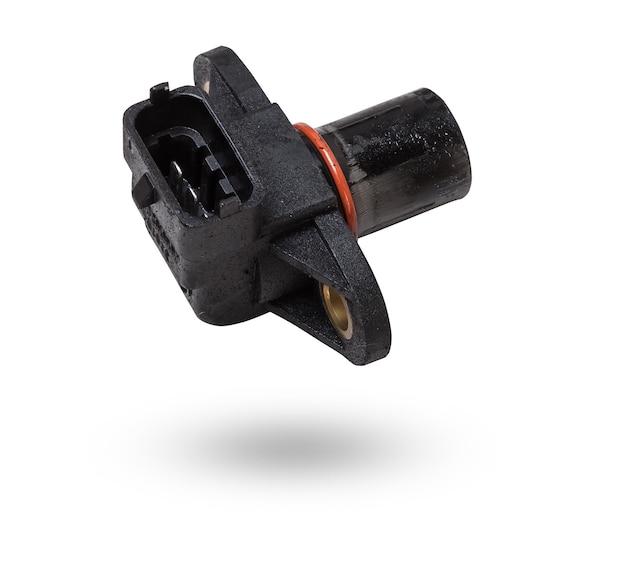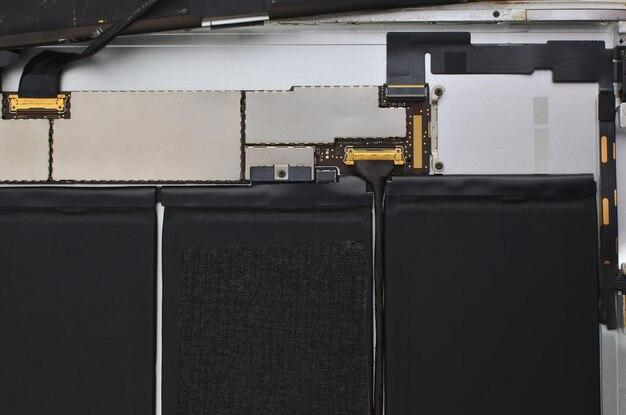Welcome fellow car enthusiasts! If you’re here, chances are you’ve stumbled upon some issues with your vehicle’s MAP sensor or perhaps you’ve heard about bypassing it altogether. Well, you’ve come to the right place! In this comprehensive guide, we’ll dive into the world of MAP sensors, troubleshooting techniques, and the big question on everyone’s mind: Can I bypass a MAP sensor?
Before we delve deeper, let’s quickly address some common concerns you may have. Have you ever wondered why your mass air flow sensor isn’t working properly? Or when exactly should you give your MAP sensor a good cleaning? These questions, along with others like what a bad mass air flow sensor can do and whether a bad MAP sensor will throw a code, will be answered within these digital pages.
So, grab a cup of coffee, sit back, and get ready for an exciting journey into the world of MAP sensors. By the end of this guide, you’ll have a comprehensive understanding of MAP sensors, troubleshoot like a pro, and even know if bypassing a MAP sensor is a viable option. Let’s rev up those engines and dive in!
Can I bypass a MAP sensor
If you’ve ever found yourself wondering, “Can I bypass a MAP sensor?” you’re not alone. Many people have asked this question, and it’s important to understand both the reasons why you might want to bypass a MAP sensor and the potential consequences of doing so. In this section, we’ll delve into the topic and provide you with all the information you need.
What is a MAP sensor and what does it do
Before we dive into whether you can bypass a MAP sensor, let’s first understand what it is and its role in your vehicle’s performance. The MAP sensor, short for Manifold Absolute Pressure sensor, is an essential component of modern engine management systems. Its main function is to measure the pressure inside the intake manifold and provide that information to the engine control unit (ECU).
Reasons you might want to bypass a MAP sensor
There are instances where you might consider bypassing a MAP sensor, such as when troubleshooting or in certain modification scenarios. However, it’s crucial to note that bypassing a MAP sensor should not be taken lightly, and it’s generally not advisable for regular driving purposes.
Troubleshooting
In some cases, troubleshooting engine performance or drivability issues might require you to temporarily bypass the MAP sensor. This allows you to determine if the sensor itself is causing the problem or if it is something else within the system. However, keep in mind that this should only be done temporarily and under the guidance of a qualified mechanic.
Performance modifications
Enthusiasts who are into performance modifications might also consider bypassing a MAP sensor. This is typically done when using aftermarket parts or tuning the engine beyond its factory specifications. However, it’s crucial to consult with experts or reputable tuners when considering such modifications to ensure you don’t compromise the engine’s health and overall performance.
Potential consequences of bypassing a MAP sensor
While bypassing a MAP sensor might seem like a quick fix or an opportunity for enhanced performance, it’s important to understand the potential consequences involved.
Check Engine Light (CEL)
Bypassing a MAP sensor could trigger the Check Engine Light (CEL) to illuminate on your dashboard. This occurs because the ECU relies on the data provided by the MAP sensor to make crucial adjustments to fueling and ignition timing. When the sensor is bypassed, the ECU is unable to gather accurate information, leading it to trigger the warning light.
Decreased performance and drivability issues
Since the ECU relies on MAP sensor data for optimal fueling and ignition timing, bypassing the sensor can lead to decreased performance and drivability issues. Without accurate pressure information, the ECU might struggle to deliver the ideal air-fuel mixture, resulting in poor engine operation, reduced power, and decreased fuel efficiency.
In conclusion
While it is technically possible to bypass a MAP sensor under certain circumstances, it’s generally not advisable for regular driving purposes. Troubleshooting and performance modifications should only be undertaken with the guidance of experts who can ensure the proper functioning of your vehicle. By bypassing a MAP sensor without proper knowledge or understanding, you run the risk of triggering the Check Engine Light and experiencing a decline in performance. So, before you consider bypassing a MAP sensor, make sure you weigh the potential consequences against the benefits you seek.
FAQ: Can I bypass a Map Sensor
Why Isn’t My Mass Air Flow Sensor Working
Sometimes, you’ll notice that your mass air flow sensor (MAF) isn’t working as it should. You might wonder why this is happening and what you can do about it. Well, my friend, let’s break it down.
Firstly, it’s essential to comprehend that the MAF plays a crucial role in your engine’s performance. It measures the amount of air entering the engine and provides this data to the engine control unit (ECU). With this information, the ECU determines the right amount of fuel to inject, ensuring efficient combustion. So, when your MAF is on the fritz, it can cause some serious engine misbehavior.
But why does your MAF sensor give up on life? Well, there could be a few reasons. It might be dirty, faulty, or maybe it just needs a little TLC. Let’s explore these scenarios further.
When Should I Clean My Map Sensor
Ah, the age-old question—when should you give your map sensor some tender loving care? Well, every car is unique, like a proverbial snowflake, and the conditions it operates in will determine how often you should clean it. Nevertheless, a good rule of thumb is to do it every 12,000 to 15,000 miles, or at least once a year.
Why clean it, you ask? As you drive, oil and debris can accumulate on the sensor, gumming up the works and disrupting the accurate measurement of air pressure. And let’s face it, nobody wants their map sensor stumbling around like a drunkard trying to find its way home after a wild night out. Keep it happy, keep it clean!
Can I Bypass a Map Sensor
Ah, an intriguing question indeed. Can you bypass a map sensor and become an automotive maverick? The short answer is no, my friend. Bypassing a map sensor is like trying to fly a plane without wings—it’s just not going to work out, and you’ll end up crashing and burning (and not in a fun, metaphorical way).
You see, the map sensor is an integral part of your engine’s fuel management system. It provides crucial information to the ECU, allowing it to optimize fuel delivery. Without the map sensor, the ECU is just a lost soul, wandering aimlessly in a sea of ignorance. So, let’s leave the bypassing antics to the daredevils and keep our engines running smoothly, shall we?
What Will a Bad Mass Air Flow Sensor Do
Ah, the havoc that a bad mass air flow sensor can wreak! Brace yourself, my friend, because things are about to get a little bumpy.
When your mass air flow sensor decides to go rogue, it can cause an array of issues. From rough idling to stalling, poor acceleration to excessive fuel consumption, a malfunctioning MAF can turn your smooth ride into a wild rollercoaster. And let’s not forget about everyone’s favorite, the check engine light. Yup, that little sucker will illuminate like a disco ball at a ’70s dance party.
So, if you notice any of these symptoms, it’s time to give that MAF sensor some proper attention. Don’t let it run amok and ruin your joyrides!
How Do You Troubleshoot a Map Sensor
Ah, troubleshooting! It’s like detective work for your car. Now, let’s dive into the nitty-gritty of map sensor troubleshooting, shall we?
First things first, if you suspect your map sensor is misbehaving, you can start by checking the wiring and connections. Give them a gentle wiggle and make sure they’re nice and snug. If all looks good there, it’s time to break out the big guns—cue the multimeter!
Using a multimeter, you can test the voltage output of the map sensor and compare it to the manufacturer’s specifications. If there’s a significant disparity, then it’s time to bid adieu to your old map sensor and welcome a shiny new replacement into your engine’s loving embrace.
Will a Bad Map Sensor Throw a Code
Ah, the mystery of the elusive code! We’ve all had that moment where our car acts up, but the nefarious check engine light refuses to make an appearance. So, will a bad map sensor throw a code or leave you scratching your head in confusion?
Well, fear not, because a bad map sensor is known to be quite the drama queen. It will most likely throw a code, giving you a glimpse into the inner workings of your engine’s discontent. So, keep those code readers handy, my friend, and be prepared to unravel the tale of the misbehaving map sensor.
And there you have it, my fellow automotive enthusiasts—a comprehensive FAQ-style guide to map sensor woes. Remember, while bypassing a map sensor may sound enticing, it’s always best to let it do its job and keep your engine purring like a contented kitten. Stay curious, stay adventurous, and keep on exploring the fascinating world of automotive wizardry!

